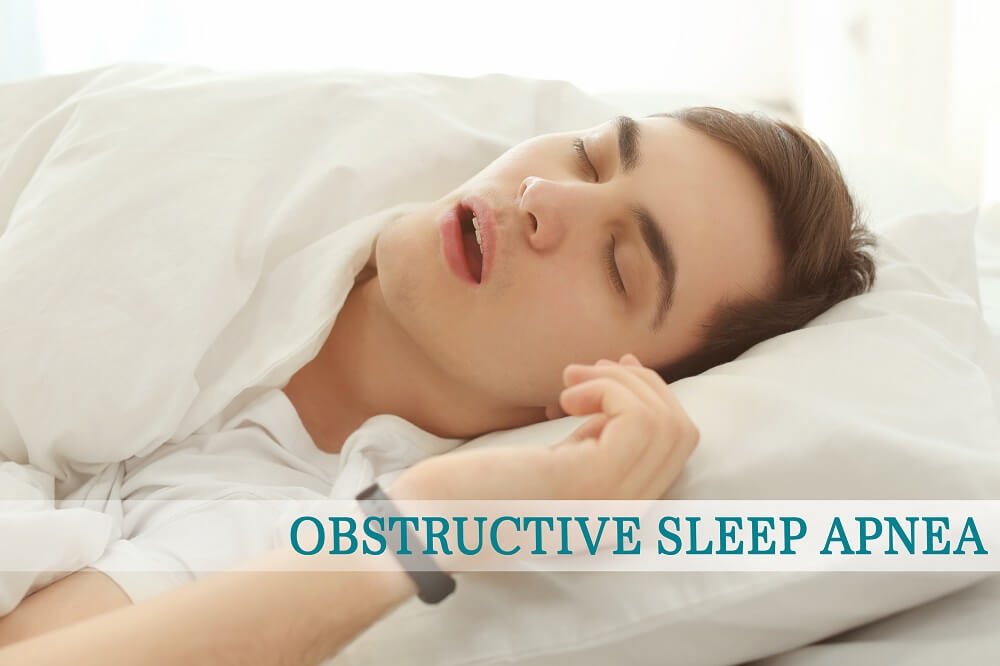There are several treatment options, including CPAP (continuous positive airway pressure) for obstructive sleep apnea (OSA). Although CPAP is the most popular treatment for sleep apnea, there are alternate therapies available. In this section, we will discuss some of the most popular CPAP alternatives.
For an in-depth diagnosis on your best course of action for sleep apnea treatment in New York, consult with Dr. Shukla today.
What is CPAP?
To begin, let’s review CPAP – the most popular treatment for OSA.
CPAP is a procedure that pushes air into the back of the throat to help open up the airway. CPAP is a safe treatment and general works from the first treatment. As with every procedure, CPAP’s risks and side effects include discomfort or difficulty tolerating the mask and the air pressure.
New technology has improved therapy, however, many OSA patients continue to have difficulty with this treatment option.
Alternative Options
BiPAP, also known as BiLevel PAP therapy, is a similar procedure to CPAP. However, it uses two pressures – an inhale pressure and a lower exhale pressure. This dual pressure is an alternative to patients who have difficulty tolerating CPAP. BiPAP is also used for patients with lung issues like COPD.
Weight loss is an alternative treatment option for overweight and obese patients because of the strong correlation between weight and sleep apnea. For some, diet and exercise are effective for weight loss. However, for others traditional weight loss methods take too long and increasing patient health risks. For obese patients, bariatric surgery is an option for those unable to lose weight through traditional techniques.
Oral surgery can be performed to modify the structures that are causing sleep apnea. Common procedures include the soft palate or other parts of the breathing passages such as the tongue. Soft palate procedures for sleep apnea are the most common and includes uvulopalatopharyngloplasty (UPPP) and a newer procedure called expansion sphincter pharynoplasty or lacteral pharynoplasty.
Other oral surgery options include jaw advancement surgery (also called maxillomandibular advancement or bimaxillary advancement).
Pillar procedures are an outpatient surgical procedure that uses inserted coffee-straw-like pieces inserted at the roof of the mouth to reduce the collapse of the airway.
Hypoglossal nerve simulation is a new therapy that stimulates the nerve that controls tongue movement (hypoglossal nerve). During the procedures, a system is placed inside the body during a surgical procedure. When the system is activated during sleep, the hypoglossal nerve is stimulated to move the tongue forward to open the space for breathing in the throat.
Positional therapy focuses on adjusting sleep posture to help with sleep apnea. Often times, sleep apnea worsens when sleeping in the supine or back position. To prevent this, there are simple to complex devices that aim to realign sleep posture.
EPAP valve, also known as expiratory positive airway pressure, is a device that creates resistance on exhale of breath. This device adheres to the nostrils like a bandage.
Oral pressure therapy (OPT) uses vacuum pressure as suction to draw the soft palate towards the middle of the mouth to widen the nasal airway reducing airway obstruction.
Sleep Apnea Treatment in New York
Choosing an alternative to CPAP is an overwhelming process. To help you decide which option is best for you, our physicians at Sleep MD NYC work with you to identify your unique issue, the severity and the context of your individual comfort desires and personal needs.
Above are several alternatives to CPAP for treatment of OSA. Not every option is suitable for every patient. Talk to your doctor about these CPAP alternatives for the treatment of sleep apnea.
Our physicians are experienced and available to help you through the consultation. Contact Sleep MD NYC today, for a consultation and options for sleep apnea treatment in New York.


